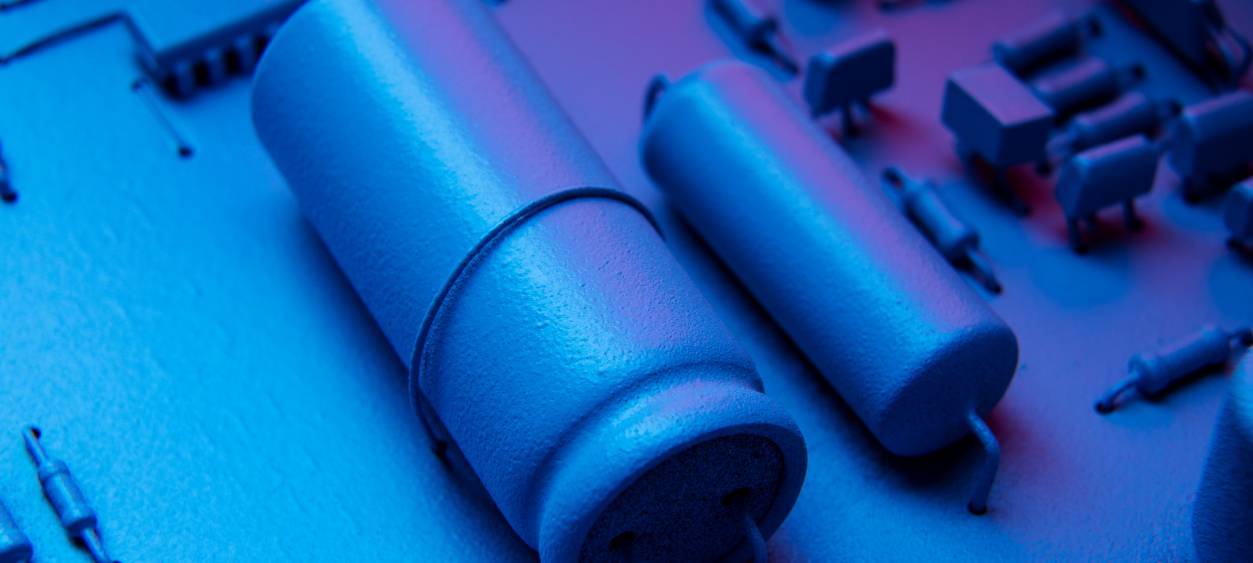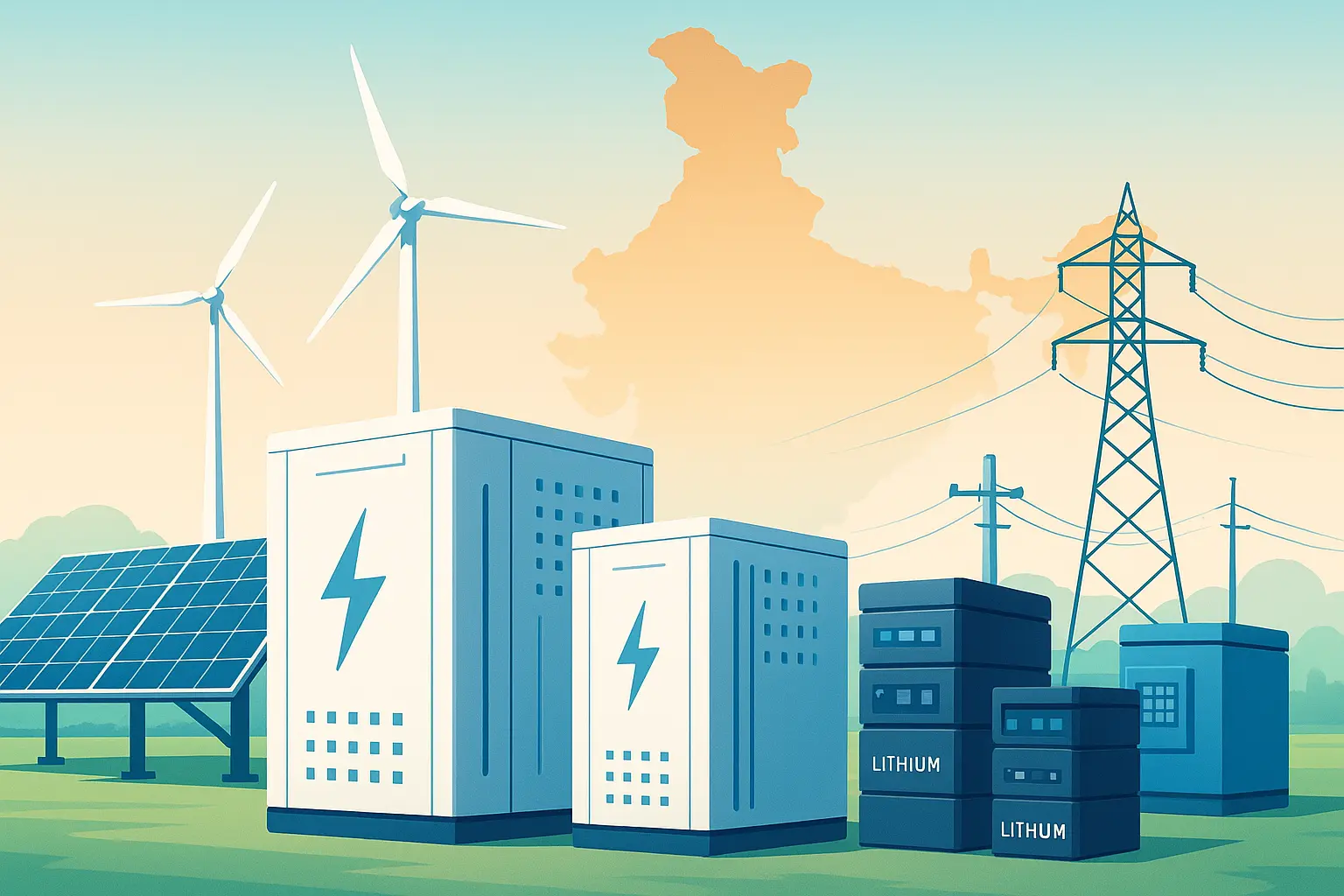A battery pack is designed using numerous cells in a series, it is important to design the system in such a way that the cell voltages are balanced. This is when cell balancing comes in. Cell balancing is a technique that helps in improving the life of the battery by maximizing the capacity of a battery pack. It equalizes the voltage and the State of Charge (SOC) among the cells when they are connected and at full charge. The differences in the voltages of the cells are corrected as much as possible. It is necessary to keep in mind that cell balancing happens both, before and after a battery is assembled.
The need/Importance for cell balancing:
Cell balancing is important because the battery cells are fragile and can die or get damaged if they are charged or discharged too much. Regularly charging and discharging an unbalanced battery will result in reduced capacity over time. This will also mean that certain cells will be fully charged while others will not. This will in turn lead to a battery with a SOC that will never reach 100%
When lithium cells are balanced they discharge at the same rate, hence, cut off at the same voltage. Because this may not always be the case, a balancing circuit makes sure that the battery cells are fully matched during charging. Thus, protecting the battery’s capacity and allowing it to fully charge.
Lithium batteries are known to be very sensitive to overcharging and overcharging. This leads to thermal runaway when the rate of internal heat generation exceeds the rate at which the heat can be released. Cell balancing helps in keeping the pack cool, it also helps in slowing the process of cell degradation.
Types of cell balancing
Active cell balancing
An active cell balancer usually transfers energy from one cell to the other. That is, from a high SOC/ high voltage cell to a cell with a lower SoC. The motive of an active balancer is that if there is a pack of cells with lower capacity, the life of the SoC on the pack can be extended by moving energy from one cell in the pack with more energy than the other cell.
Instead of wasting all that energy as heat, an active cell balancer efficiently balances cells with tiny converter circuits that pass energy from the highest voltage cells to the lowest voltage cells.
Active cell balancing improves capacity usage along with increasing energy efficiency. It saves energy by transferring the excess energy to a low-energy cell instead of burning it. Active balancing also improves the life of the cell. Although active cell balancing is efficient, its production cost is expensive.

Passive cell balancing
A passive cell balancing system burns off excess energy from the high cells through a resistive element until the charge matches the lower energy cells in the battery pack. Passive cell balancing allows all cells to appear to have the same capacity.
Passive cell balancing allows all cells to have the same State of charge. It also provides a relatively low-cost method for balancing cells. However, it also leads to poor thermal management. It also does not improve the run time of a battery-powered system.
Conclusion
Cell balancing is a very important part of maintaining your lithium battery to make sure that it lasts as long as possible.











